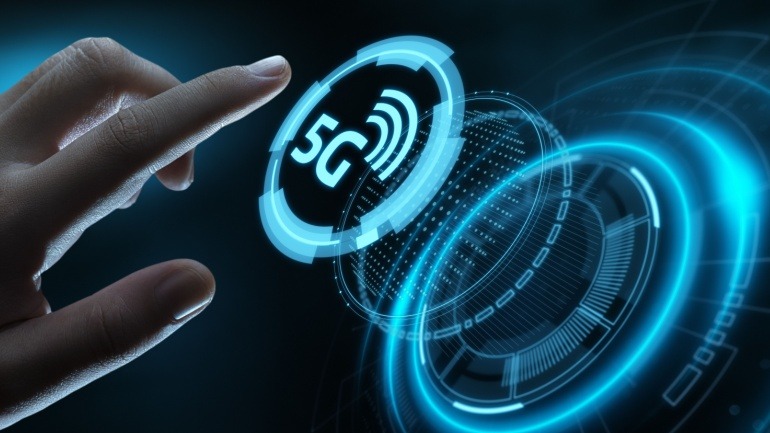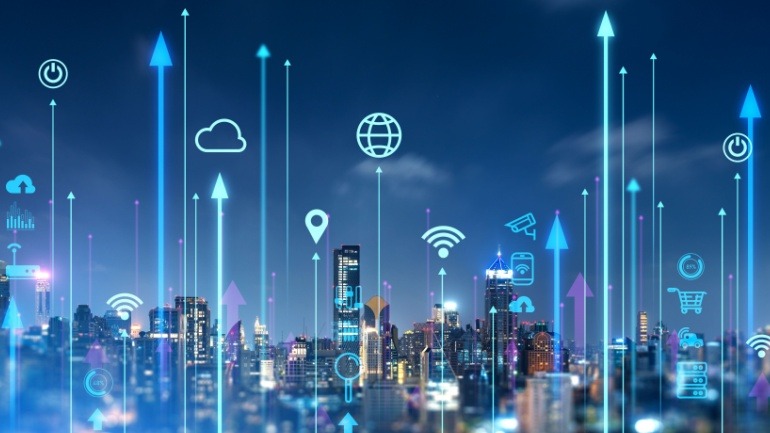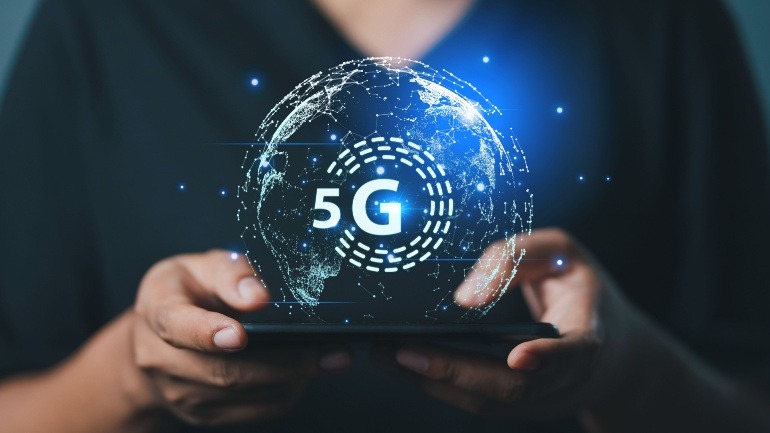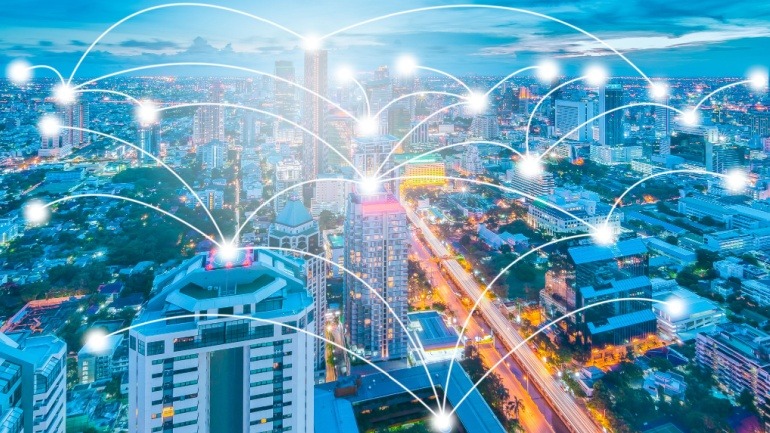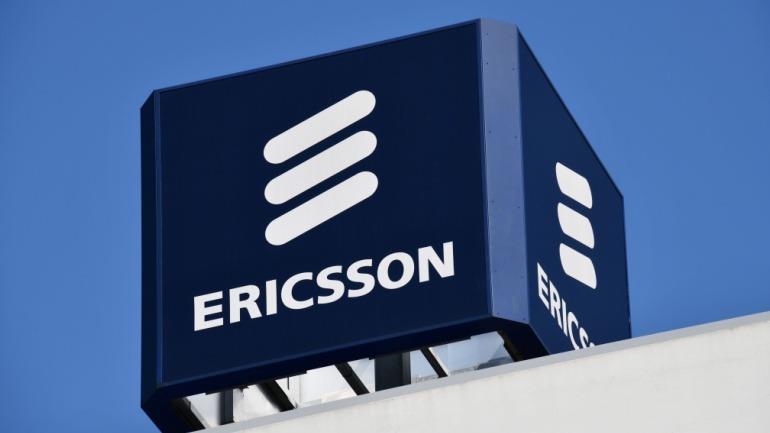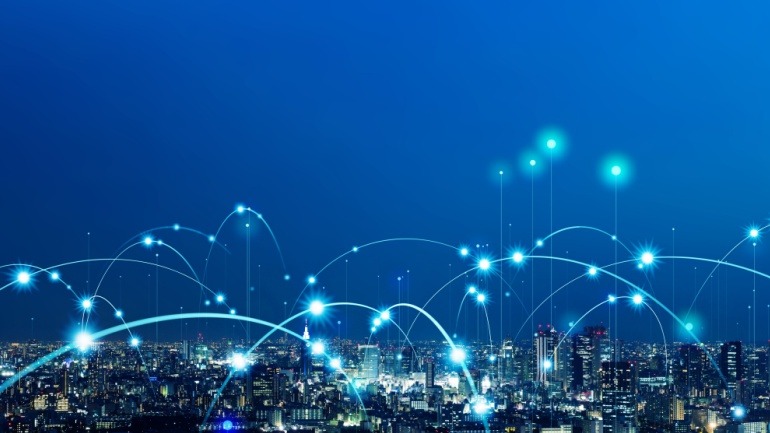Spain’s telecom sector is set for transformation as Ericsson partners with MasOrange, the country’s largest mobile operator, to develop an open, programmable network. This five-year collaboration aims to enhance network performance and support the rollout of 5G in rural areas.
Vodafone, Qualcomm, and Ericsson have successfully completed 5G millimeter wave (mmWave) trials in the UK, showcasing remarkable results. The tests highlight mmWave’s potential in providing ultra-fast broadband speeds, achieving up to 4Gbps. Especially advantageous for VoIP communication, this technology can transform data-heavy environments, ensuring seamless connectivity and improved user experiences.
Singtel and Ericsson are transforming Network-as-a-Service offerings with their innovative collaboration. By leveraging Singtel’s Paragon platform and Ericsson’s orchestration technology, the partnership aims to simplify and automate communication services for enterprises.
Ericsson is intensifying its R&D efforts in India, zeroing in on network APIs. Partnering with telecom giants, Ericsson is unlocking 5G’s potential through programmable networks, enhancing performance, and enabling new performance-based business models.
Nigeria’s telecom sector is witnessing a groundbreaking shift as it embraces 5G technology through a collaboration with Ericsson. This partnership aims to modernize telecom infrastructure, transform public services, and drive economic growth.
VoIP technology is revolutionizing telecommunications, and the partnership between Ericsson and Chunghwa Telecom is a testament to this transformation. This collaboration enhances Taiwan’s 5G infrastructure, integrating advanced VoIP solutions to boost efficiency and sustainability.
Viettel has pioneered Vietnam’s digital evolution with its first commercial 5G service, revolutionizing connectivity across 63 provinces. Leveraging 6,500 base stations, Viettel ensures seamless communication, crucial for tourism, healthcare, and smart cities.
Ericsson has achieved another significant VoIP milestone, securing a multi-billion-dollar contract with Bharti Airtel, reinforcing its presence in India’s telecom market. This aligns with recent collaborations with Vodafone Idea to enhance 4G and introduce 5G services.
Vodafone Idea is enhancing their 4G network with Ericsson to introduce 5G in key Indian regions. Leveraging Ericsson’s advanced technology, Vodafone aims to modernize and expand, despite financial hurdles. Their $3.6 billion deal signifies a commitment to regaining market share by implementing robust digital infrastructure.
Ericsson has captured Viettel’s 5G deployment contract in Vietnam, marking an exciting era for VoIP technologies. This 5G upgrade, indispensable for modern VoIP communication systems, promises robust high-speed connectivity. The collaboration with Viettel is positioned to elevate Vietnam’s digital infrastructure.



